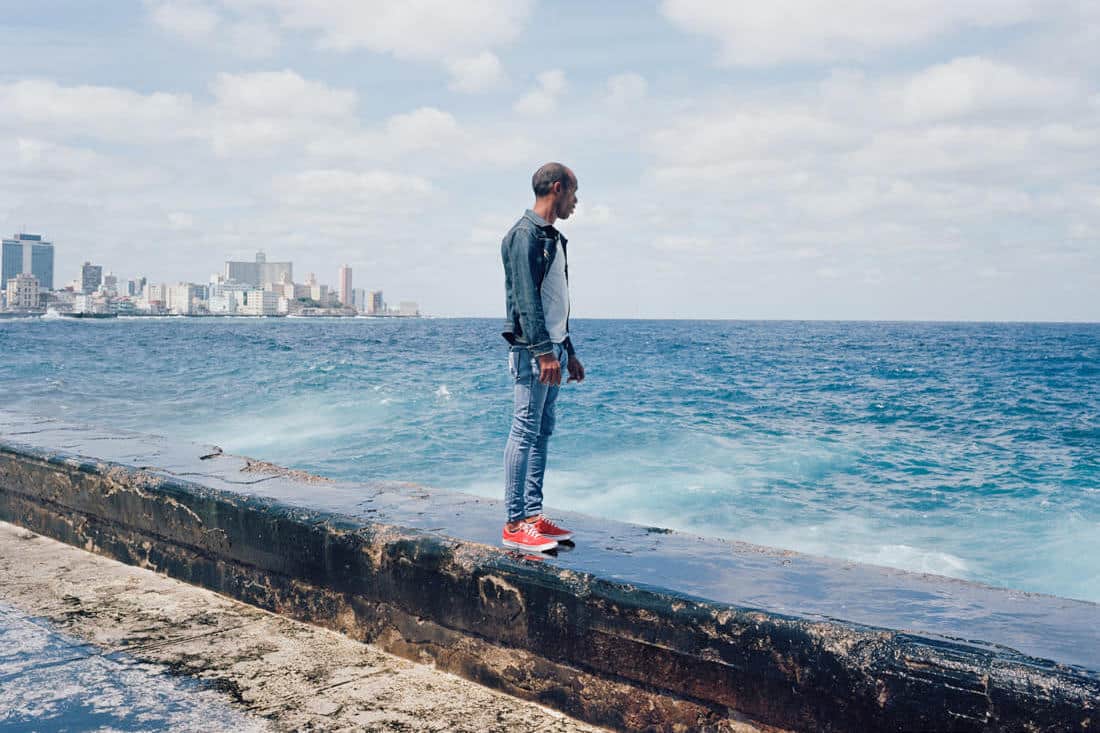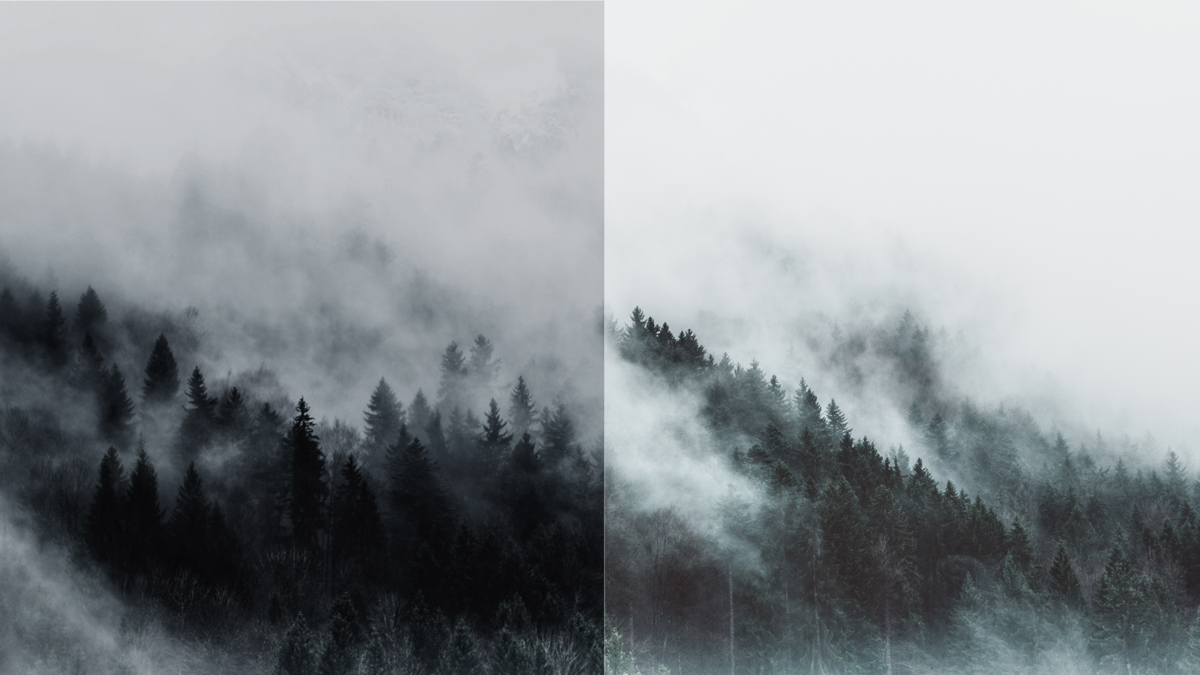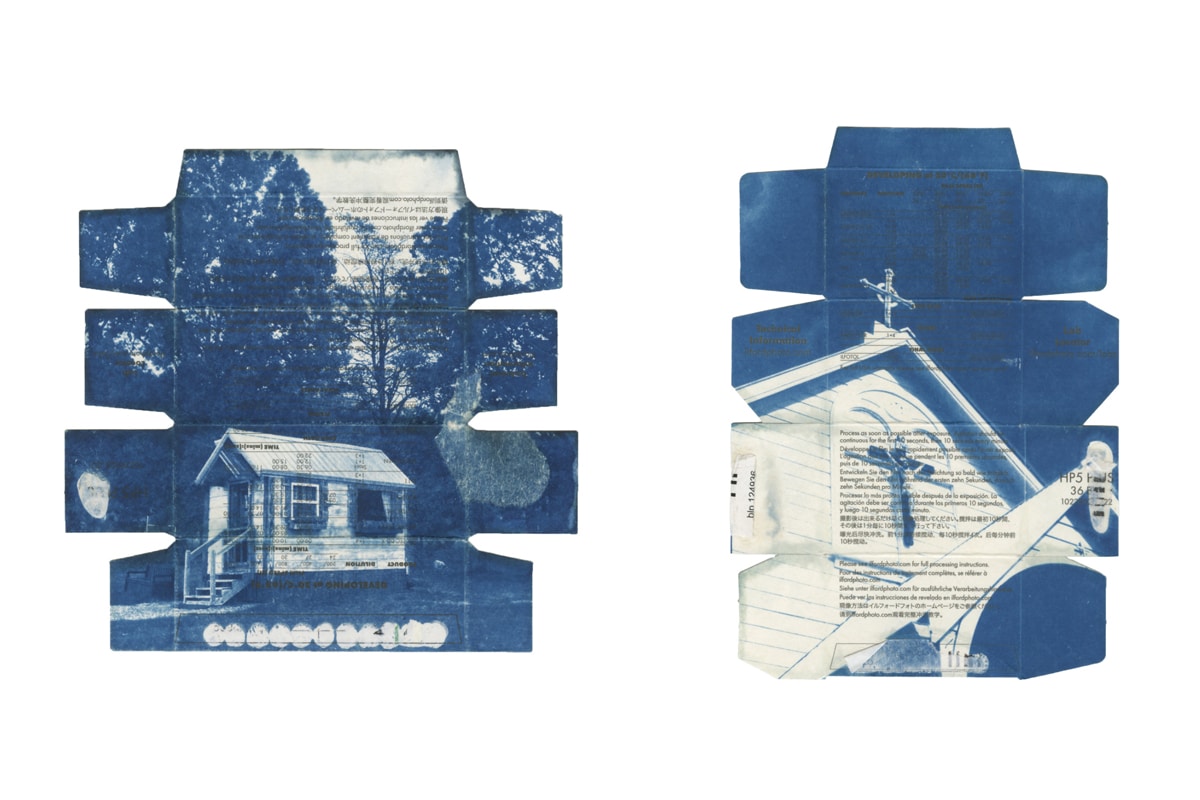A man sits alone on a chair on the side of the road. We see him from above, surrounded by grey cobblestones neatly placed, a broken plastic chair, and some pylons scattered along the curb. A street cat wanders out of the frame and away from the man. He appears lonely, the only person inhabiting the place in which he seems so comfortably seated. As the eye wanders throughout the frame, however, the viewer discovers more: a vast city cast beyond the street and behind the man’s chair. This image closes Sarah Pannell’s photo essay Sehir, a quiet study of urban life.
Possibilities, discovery, and stories: these are some of the most effective elements of a photo essay. Collections of images can help produce a narrative, evoke emotion, and guide the viewer through one or more perspectives. A well-executed photo essay doesn’t rely on a title or any prior knowledge of its creator; it narrates on its own, moving viewers through sensations, lessons, and reactions.
Famous photo essays like Country Doctor by W. Eugene Smith or Gordon Parks’ The Harlem Family are acclaimed for showing a glimpse into the lives of the sick and impoverished. Other well-made photo essays offer a new way to look at the everyday, such as Peter Funch’s much-reposted photo series 42nd and Vanderbilt, for which Funch photographed the same street corner for nine years. As shown by these photographers’ experiences with the medium, a collection of photos can enliven spaces and attitudes. Strong photo essays can give voice to marginalized individuals and shine a spotlight on previously overlooked experiences.
You don’t necessarily need to be a documentary photographer to create a powerful photo essay. Photo essays can showcase any topic, from nature photography to portraiture to wedding shots. We spoke to a few photographers to get their perspectives on what makes a good photo essay, and their tips for how any photographer can get started in this medium. Here are six steps to follow to create a photo essay that tells a memorable story.
Choose a specific topic or theme for your photo essay.
There are two types of photo essays: the narrative and the thematic. Narrative photo essays focus on a story you’re telling the viewer, while thematic photo essays speak to a specific subject.
The most natural method for choosing a topic or theme for your photo essay is to go with what you know. Photograph what you experience. Whether that includes people, objects, or the things you think about throughout the day, accessibility is key here. Common topics or concepts to start with are emotions (depicting sadness or happiness) or experiences (everyday life, city living).
For photographer Sharon Pannen, planning a photo essay is as simple as “picking out a subject you find interesting or you want to make a statement about.”
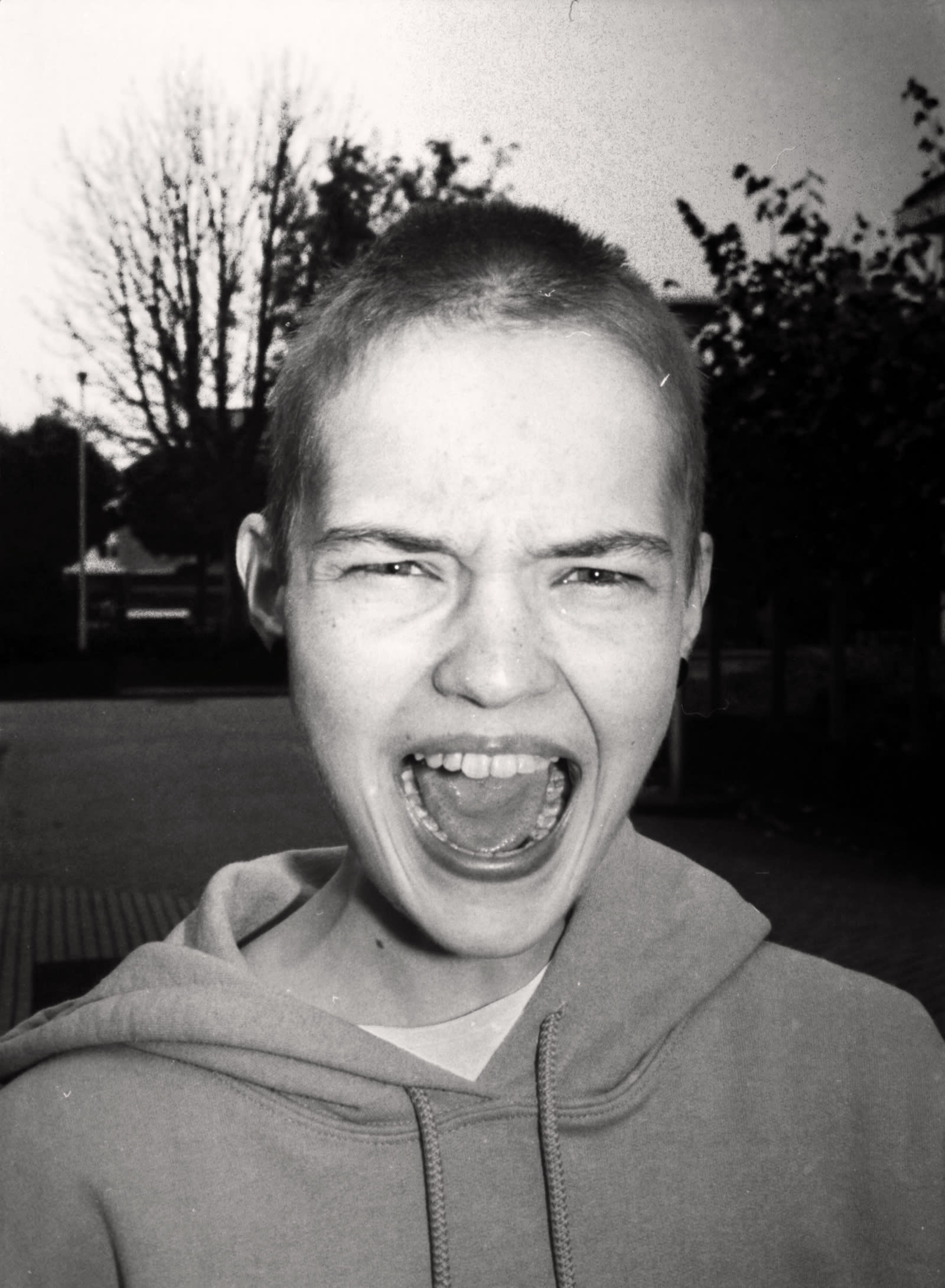
From Paper & Stories, a photo series by Sharon Pannen for Schön! Magazine.
Consider your photo subjects.
The subjects of your photographs, whether human or not, will fill the space of your photos and influence the mood or idea you’re trying to depict. The subject can determine whether or not your photos are considered interesting. “I always try to find someone that catches my eye. I especially like to see how the light falls on their face and how a certain aesthetic might add to their persona,” says photographer Victoria Wojtan.
While subjects and their interest factor are, well, subjective, when considering your subjects, you should ask yourself about your audience. Do other people want to see this? Is my subject representative of the larger idea my photo essay is trying to convey? Your projects can involve people you know or people you’ve only just met.
“Most projects I work on involve shooting portraits of strangers, so there’s always a tension in approaching someone for a portrait,” says photographer Taylor Dorrell. For Wojtan, that tension can help build trust with a subject and actually leads to more natural images “If there’s tension it’s usually because the person’s new to being photographed by someone for something that’s outside of a candid moment or selfie, and they need guidance for posing. This gives me the opportunity to make them feel more comfortable and let them be themselves. I tend to have a certain idea in mind, but try to allow for organic moments to happen.”
Aim for a variety of images.
Depending on your theme, there are a few types of photos you’ll want to use to anchor your essay. One or two lead photos should slowly introduce the viewer to your topic. These initial photos will function in a similar way to the introductory paragraph in a written essay or news article.
From there, you should consider further developing your narrative by introducing elements like portraiture, close ups, detail shots, and a carefully selected final photo to leave the viewer with the feeling you set out to produce in your photos. Consider your opening and closing images to be the most important elements of your photo essay, and choose them accordingly. You want your first images to hook the viewer, and you also want your final images to leave a lasting impression and perhaps offer a conclusion to the narrative you’ve developed.
Including different types of photos, shot at different ranges, angles, and perspectives, can help engage your viewer and add more texture to your series.
Says photographer Taylor Dorrell: “After I have a group of images, I tend to think about color, composition, the order the images were taken, the subject material, and relevance to the concept.”

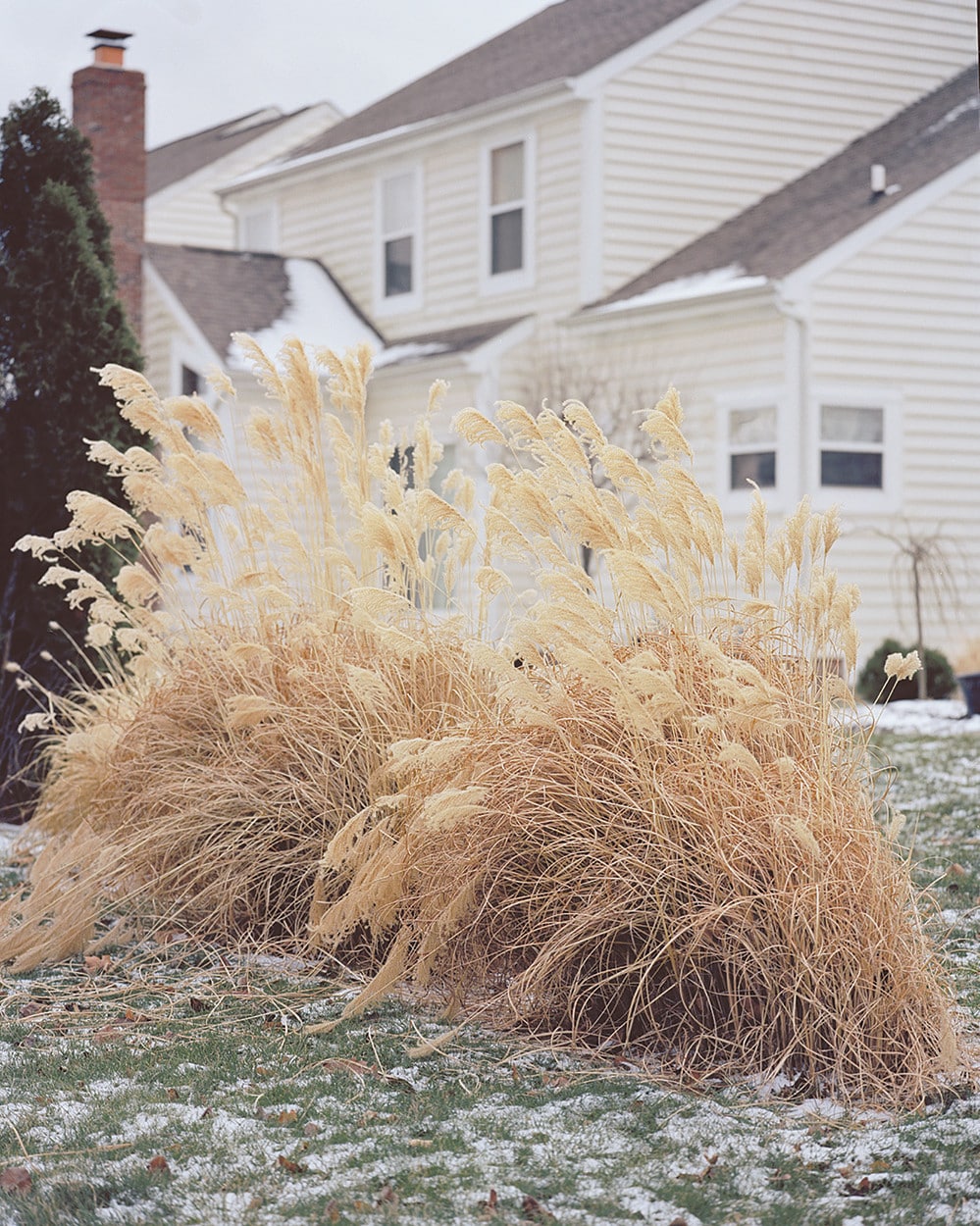
From Taylor Dorrell’s photo essay White Fences: “White Fences is an ongoing photo series that explores the theme of suburban youth in the United States, specifically in the midwest suburb New Albany, Ohio.”
Put your emotions aside.
Self-doubt can easily come into play when working with your own photography. The adage that we are our own worst critics is often true. It can be difficult to objectively select your strongest images when creating a photo essay. This is why putting together photo essays is such a useful practice for developing your curatorial skills.
“The most important part for me is getting outside opinions. I don’t do that enough, and have a bias in selecting images that might not be the most powerful images or the most effective sequence of images,” says Dorrell. Your own perception of a photograph can cloud your ability to judge whether or not it adds to your photo essay. This is especially true when your essay deals with personal subjects. For example, a photo essay about your family may be hard to evaluate, as your own feelings about family members will impact how you take and view the photos. This is where getting feedback from peers can be invaluable to producing a strong series.
Collecting feedback while putting your photo essay together can help you determine the strengths, weaknesses, and gaps within the collection of photos you’ve produced. Ask your friends to tell you their favorites, why they like them, and what they think you’re going for in the work you’ve created. Their opinions can be your guide, not just your own emotions.
Edit your photo selection.
Beyond post-production, the series of photos you select as your essay will determine whether you’ve executed your theme or narrative effectively. Can the photos stand alone, without written words, and tell the story you set out to? Do they make sense together, in a logical sequence? The perfect photo essay will give your audience a full picture of the narrative, theme, or essence you’re looking to capture.
A good method to use to cull your images down is to remove as many as half of your images straight away to see if your narrative is still as strong with fewer photos. Or, perhaps, deciding on a small number you’d like to aim for (maybe just five to ten images) and using this as a method to narrow down to the images that tell your story best.
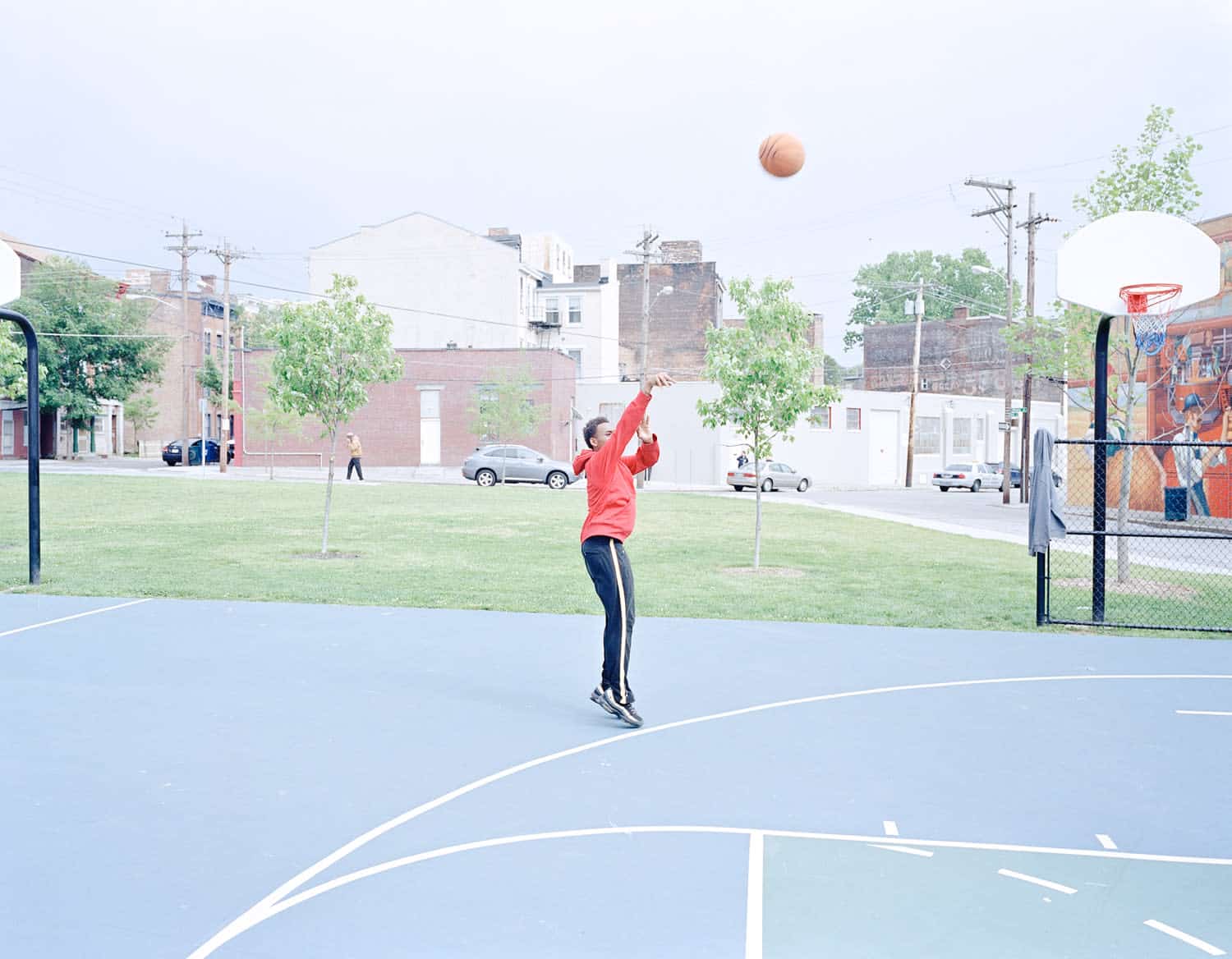
From Taylor Dorrell’s photo essay Over the Rhine, featured in Vice.
Give your photo essay a title, and add a concise written statement.
Finally, you’ll want to create a title and written statement for your photo essay. This will help position your work and can enable the viewer to fully understand your intention, or at least guide their perspective.
A solid written statement and title will be relevant to your topic, detail your primary objective, and introduce your point of view. It’s an opportunity to clarify your intentions to the viewer and ensure they walk away with a clear interpretation of your work. Depending on your photo essay, you may want to include several paragraphs of text, but even just one or two sentences of background can be enough to expand the viewer’s understanding of your work.
Consider if you’d like to add the written statement at the beginning of your essay to introduce it, or at the end as a conclusion. Either one can be impactful, and it depends how you’d like people to experience your work.
For his photo essay White Fences, excerpted above, Taylor Dorrell wrote only one sentence of introduction. But for his series Over the Rhine, Dorell included a longer written statement to accompany the work, which is “an ongoing photo series that seeks to explore the Cincinnati neighborhood of the same name and its surroundings. The series was started in response to the shooting of Samuel DuBose, an unarmed black man, by officer Ray Tensing of the University of Cincinnati Police, which happened July 19th, 2015.” Dorell’s text goes on to offer more background on the project, setting up the viewer with all the information they need to understand the context of the photo essay.
Depending on the motivations behind your photo essay and what sort of subject it depicts, a longer text may be necessary—or just a few words might be enough.
Cover image by Taylor Dorrell, from his photo essay Hurricane Over Sugar.
